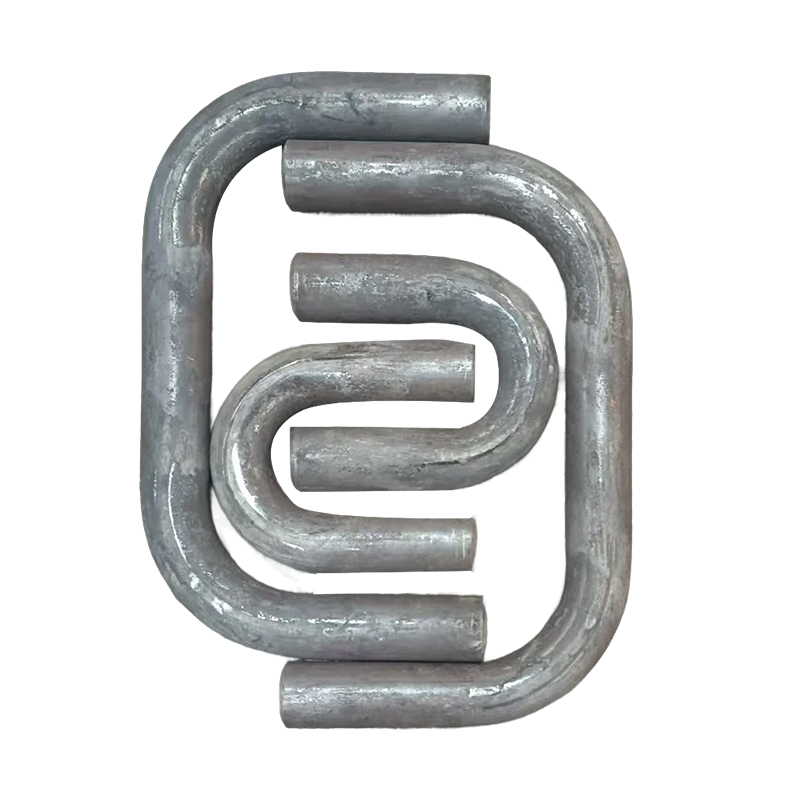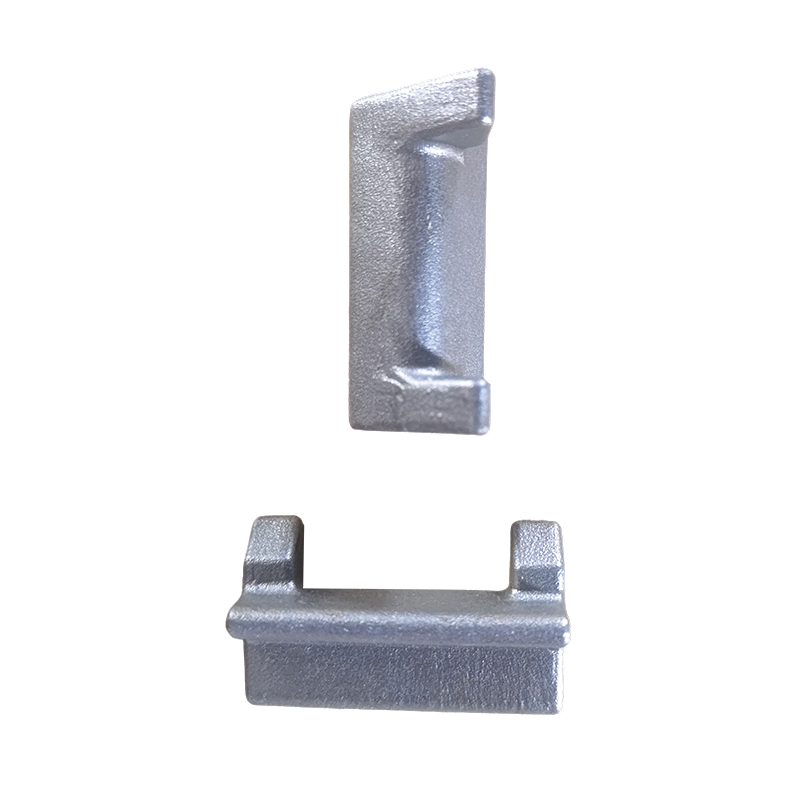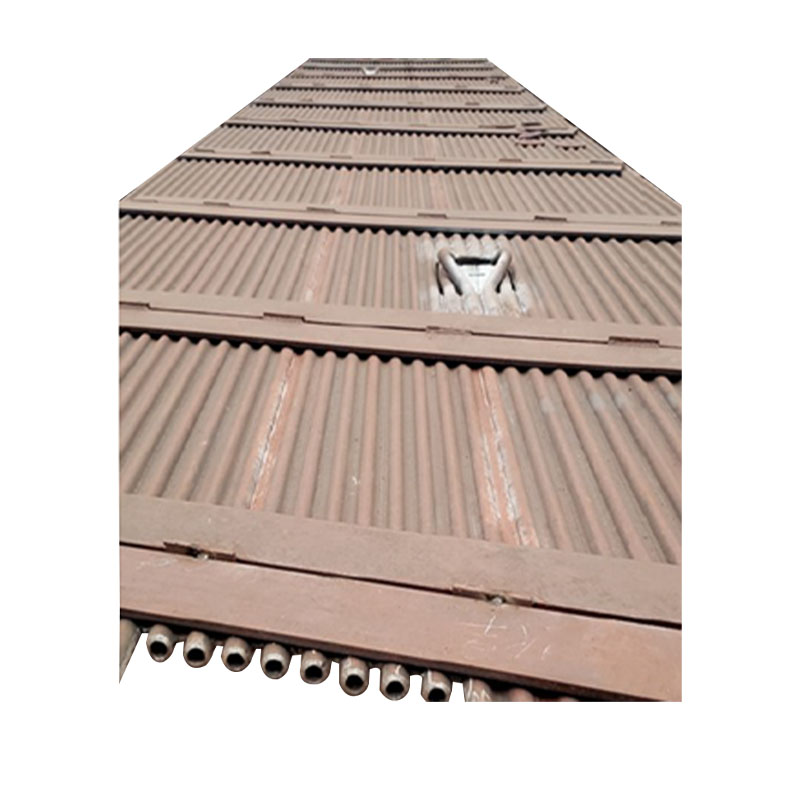How do boiler evaporator module products significantly improve heat exchange efficiency?
Release Time : 2025-10-13
In modern boiler systems, the evaporator is a key component in the core energy conversion process of "turning water into steam." With the increasing demand for energy conservation, consumption reduction, and efficient operation, boiler evaporator module products, with their advanced structural design and system integration advantages, are becoming a core technology for improving heat exchange efficiency. Compared to traditional monolithic evaporators, modular evaporators significantly improve heat energy utilization efficiency by optimizing heat transfer paths, enhancing heat transfer surfaces, improving fluid dynamics, and achieving precise thermal matching. This brings higher operating economy and environmental performance to industrial production, district heating, and commercial energy systems.
1. Enhanced Heat Transfer Structure Design: Maximizing Heat Transfer Area and Speed
The high efficiency of boiler evaporator module products stems primarily from their sophisticated heat transfer structure design. Modules typically utilize enhanced heat transfer elements such as high-efficiency finned tubes, internally threaded tubes, or spirally wound tubes to significantly increase the heat transfer area per unit volume. For example, high-frequency fins on the flue gas side can effectively break down boundary layer thermal resistance and improve the convective heat transfer coefficient between the flue gas and the tube wall. Internally threaded tubes on the water side promote water film turbulence, accelerate the formation of vaporization cores, and enhance boiling heat transfer efficiency. Furthermore, counterflow or crossflow arrangements are often employed within the module, allowing high-temperature flue gas and low-temperature water/steam to flow in opposite directions, maintaining a large average temperature difference. This reduces the required heat transfer area for the same heat load and improves the overall heat transfer rate.
2. Modular Parallel Layout: Optimizing Fluid Distribution and Reducing Heat Loss
Traditional large evaporators often suffer from uneven internal fluid flow due to their bulky structure, resulting in "biased flow" or "dead zones," which compromise heat transfer efficiency. A modular design, however, breaks down the evaporation process into multiple independent or parallel smaller heat exchange units. Each module can independently control water and flue gas distribution, ensuring uniform and controllable fluid flow. This parallel structure not only reduces system pressure drop but also prevents local overheating and poor heat transfer. Furthermore, the modules are connected using high-efficiency sealing and insulation materials to reduce heat loss at the interfaces, allowing more heat to be used for effective evaporation and improving thermal efficiency. During load fluctuations, some modules can be started and stopped to achieve "on-demand operation," avoiding energy efficiency degradation at low loads.
3. Compact Integration and Material Optimization: Improving Thermal Response Speed
Evaporator modules are typically constructed of high-strength, high-thermal-conductivity materials such as carbon steel, alloy steel, or stainless steel. Advanced welding and expansion processes are used to ensure good thermal contact between the tube sheet and the heat exchange tubes, reducing contact thermal resistance. Furthermore, the highly compact module structure shortens the heat transfer path from the flue gas to the water medium, improving the system's thermal response speed. During cold starts or variable operating conditions, the modules reach stable operating conditions faster, reducing warm-up time and energy waste. Furthermore, the compact design reduces external heat dissipation surface area, further minimizing heat dissipation losses.
4. Intelligent Matching of Combustion and Evaporation Processes: Achieving Precise Thermal Coupling
In modern boiler systems, the evaporator module is often deeply integrated with the burner and control system. By using sensors to monitor flue gas temperature, steam pressure, and water flow in real time, the control system dynamically adjusts combustion intensity and module operating status to ensure heat output precisely matches evaporation requirements. For example, when load increases, the system automatically increases the number of operating modules or increases the feedwater flow rate to prevent heat accumulation and steam overheating. During low load conditions, it reduces module operation to maintain high flue gas flow rate and heat transfer efficiency. This intelligent control mechanism effectively avoids the "big horse pulling a small cart" phenomenon common in traditional boilers, significantly improving average thermal efficiency across all operating conditions.
5. Easy Maintenance and Cleaning: Ensuring Long-Term Efficient Operation
Heat exchange efficiency depends not only on initial design but also on cleanliness during long-term operation. The evaporator modules can be quickly disassembled and cleaned individually. If scale or dust accumulation occurs on a module, maintenance can be performed online or offline without affecting the normal operation of other modules. Regular cleaning effectively prevents the formation of an insulating layer of scale and dust, keeps the heat exchange surface clean, and ensures long-term stable heat transfer efficiency. Furthermore, the modular design facilitates upgrades, allowing for future replacement of more efficient heat exchange components, extending the system lifecycle.
Boiler evaporator module products comprehensively enhance heat exchange efficiency through multiple technical approaches, including enhanced heat transfer structure, optimized fluid distribution, compact material design, intelligent control matching, and convenient maintenance. This not only improves boiler thermal efficiency but also reduces fuel consumption and carbon emissions, making it a key technical path to achieving green and efficient energy utilization.
1. Enhanced Heat Transfer Structure Design: Maximizing Heat Transfer Area and Speed
The high efficiency of boiler evaporator module products stems primarily from their sophisticated heat transfer structure design. Modules typically utilize enhanced heat transfer elements such as high-efficiency finned tubes, internally threaded tubes, or spirally wound tubes to significantly increase the heat transfer area per unit volume. For example, high-frequency fins on the flue gas side can effectively break down boundary layer thermal resistance and improve the convective heat transfer coefficient between the flue gas and the tube wall. Internally threaded tubes on the water side promote water film turbulence, accelerate the formation of vaporization cores, and enhance boiling heat transfer efficiency. Furthermore, counterflow or crossflow arrangements are often employed within the module, allowing high-temperature flue gas and low-temperature water/steam to flow in opposite directions, maintaining a large average temperature difference. This reduces the required heat transfer area for the same heat load and improves the overall heat transfer rate.
2. Modular Parallel Layout: Optimizing Fluid Distribution and Reducing Heat Loss
Traditional large evaporators often suffer from uneven internal fluid flow due to their bulky structure, resulting in "biased flow" or "dead zones," which compromise heat transfer efficiency. A modular design, however, breaks down the evaporation process into multiple independent or parallel smaller heat exchange units. Each module can independently control water and flue gas distribution, ensuring uniform and controllable fluid flow. This parallel structure not only reduces system pressure drop but also prevents local overheating and poor heat transfer. Furthermore, the modules are connected using high-efficiency sealing and insulation materials to reduce heat loss at the interfaces, allowing more heat to be used for effective evaporation and improving thermal efficiency. During load fluctuations, some modules can be started and stopped to achieve "on-demand operation," avoiding energy efficiency degradation at low loads.
3. Compact Integration and Material Optimization: Improving Thermal Response Speed
Evaporator modules are typically constructed of high-strength, high-thermal-conductivity materials such as carbon steel, alloy steel, or stainless steel. Advanced welding and expansion processes are used to ensure good thermal contact between the tube sheet and the heat exchange tubes, reducing contact thermal resistance. Furthermore, the highly compact module structure shortens the heat transfer path from the flue gas to the water medium, improving the system's thermal response speed. During cold starts or variable operating conditions, the modules reach stable operating conditions faster, reducing warm-up time and energy waste. Furthermore, the compact design reduces external heat dissipation surface area, further minimizing heat dissipation losses.
4. Intelligent Matching of Combustion and Evaporation Processes: Achieving Precise Thermal Coupling
In modern boiler systems, the evaporator module is often deeply integrated with the burner and control system. By using sensors to monitor flue gas temperature, steam pressure, and water flow in real time, the control system dynamically adjusts combustion intensity and module operating status to ensure heat output precisely matches evaporation requirements. For example, when load increases, the system automatically increases the number of operating modules or increases the feedwater flow rate to prevent heat accumulation and steam overheating. During low load conditions, it reduces module operation to maintain high flue gas flow rate and heat transfer efficiency. This intelligent control mechanism effectively avoids the "big horse pulling a small cart" phenomenon common in traditional boilers, significantly improving average thermal efficiency across all operating conditions.
5. Easy Maintenance and Cleaning: Ensuring Long-Term Efficient Operation
Heat exchange efficiency depends not only on initial design but also on cleanliness during long-term operation. The evaporator modules can be quickly disassembled and cleaned individually. If scale or dust accumulation occurs on a module, maintenance can be performed online or offline without affecting the normal operation of other modules. Regular cleaning effectively prevents the formation of an insulating layer of scale and dust, keeps the heat exchange surface clean, and ensures long-term stable heat transfer efficiency. Furthermore, the modular design facilitates upgrades, allowing for future replacement of more efficient heat exchange components, extending the system lifecycle.
Boiler evaporator module products comprehensively enhance heat exchange efficiency through multiple technical approaches, including enhanced heat transfer structure, optimized fluid distribution, compact material design, intelligent control matching, and convenient maintenance. This not only improves boiler thermal efficiency but also reduces fuel consumption and carbon emissions, making it a key technical path to achieving green and efficient energy utilization.







